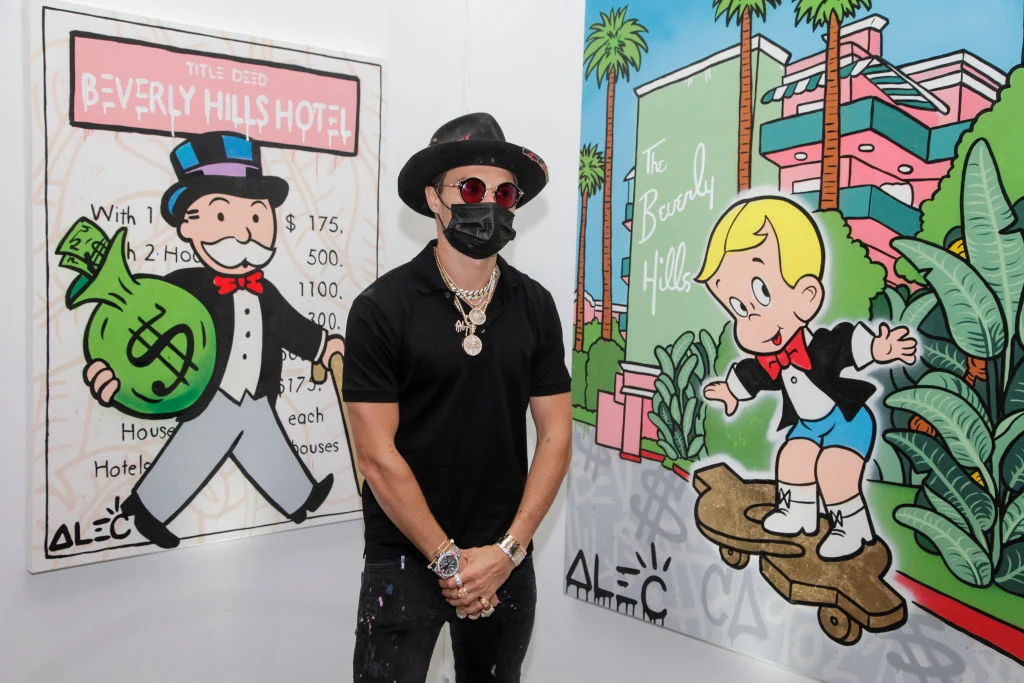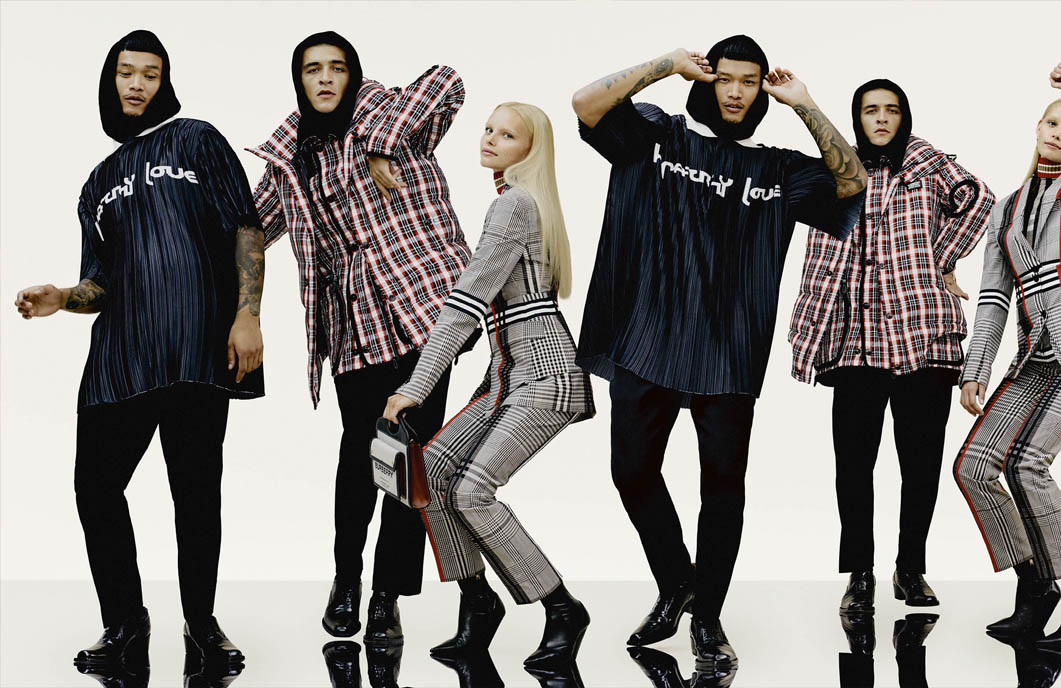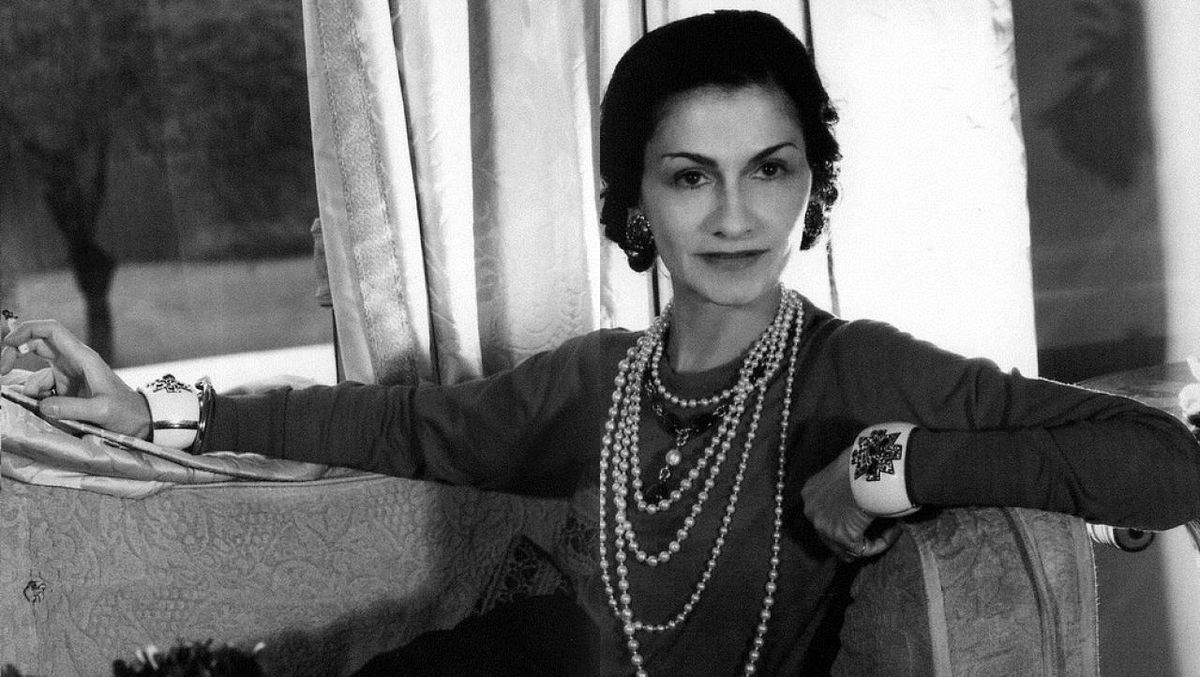Alec Andon, aka Alec Monopoly, was born in 1886 in New York City, United States. He was exposed to art at an early age due to the influence of the urban environment around him and gained an interest in art as a teenager by experimenting with graffiti. His artistic alter ego is inspired by the character Rich Uncle Pennybags from the game Monopoly, used to create a visual satire on capitalism.
Style and Influences
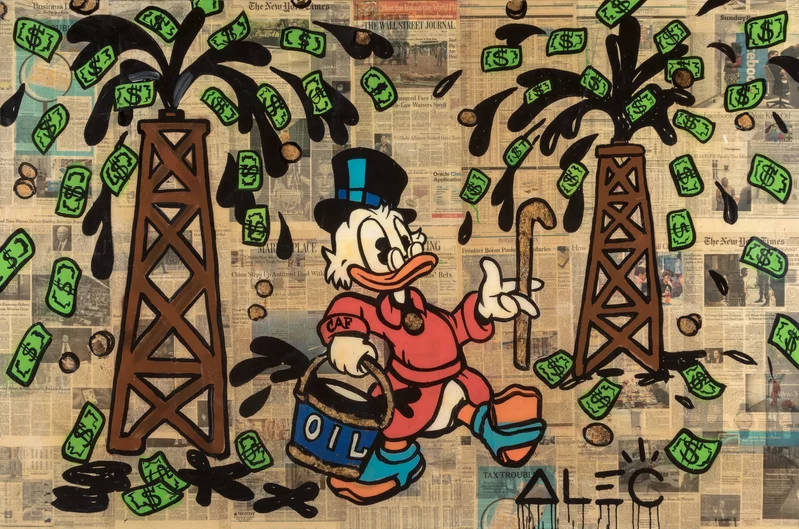
Alec Monopoly uses traditional graffiti with elements of pop art and popular culture. Alec’s works feature American culture icons such as Uncle Scrooge, Donald Duck and Richie Rich interpreted in a critical and comical way. The aim is always to explore and satirize society’s obsession with money and social position. The colors used are always vibrant and represent their visual identity.
From the Street to the Galleries
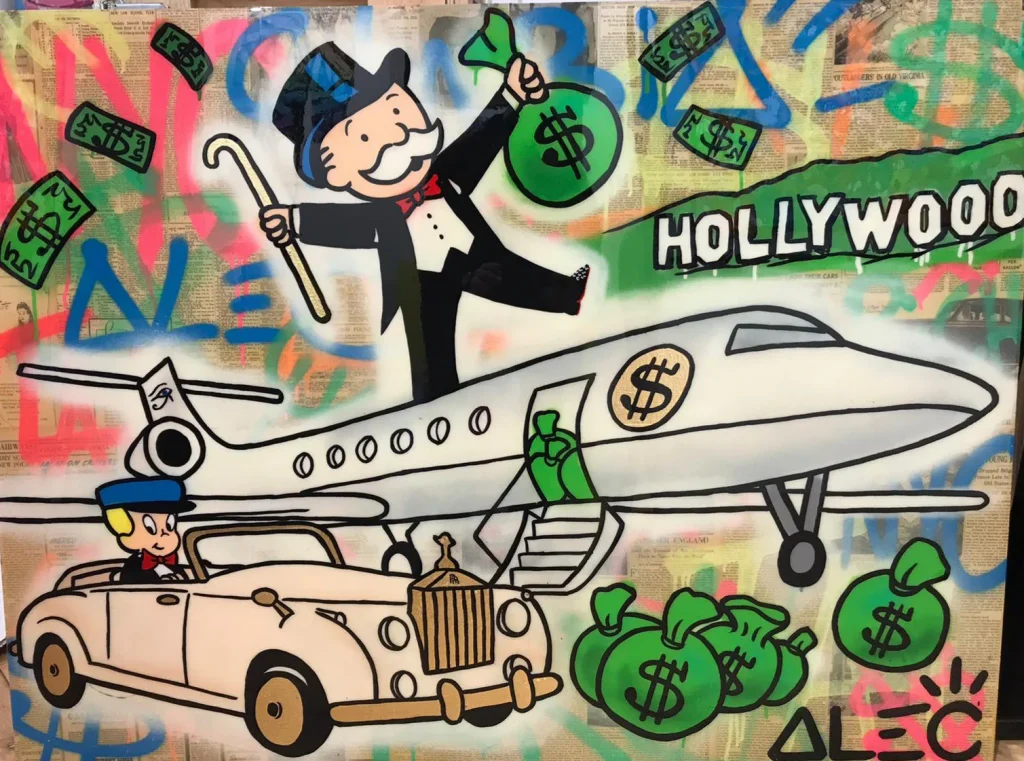
Alec Monopoly has had a successful transition to art galleries. Besides always being well displayed on the street, his works are also exhibited and put up for auction in major art galleries. Alec Monopoly’s first opportunity to exhibit his work was at Art Basel Miami Beach, which is considered one of the most prestigious art events in the world. Subsequently, his works were exhibited in major galleries and this helped Alec to solidify his reputation as an artist and art lovers, critics began to observe Alec Monopoly not only as a street graffiti artist, but also as a contemporary artist who addresses a unique vision of art.
The collab with Tag Heuer
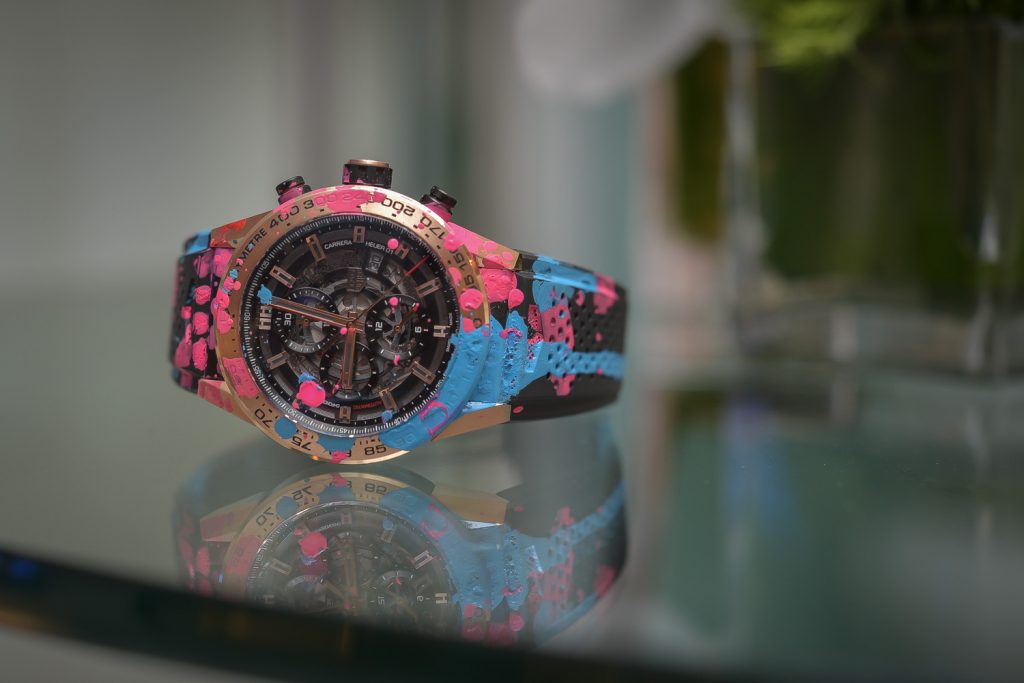
The collaboration between Alec and Tag Heuer was a bold move for both Alec and the watch company and marked a merger between urban art and luxury watches. The designs featured interpretations of the characters Mr. Monopoly and Richie Rich in vibrant colors with well-done details. The watches were a limited edition that ended up attracting a wider audience than just watch lovers.
Alec Monopoly is a cultural phenomenon. His career is marked by innovation and criticism, and yet he continues to challenge and demonstrate his role as an artist. His ability to capture the essence of pop culture and transform it into thought-provoking art says a lot about his vision and creativity.

